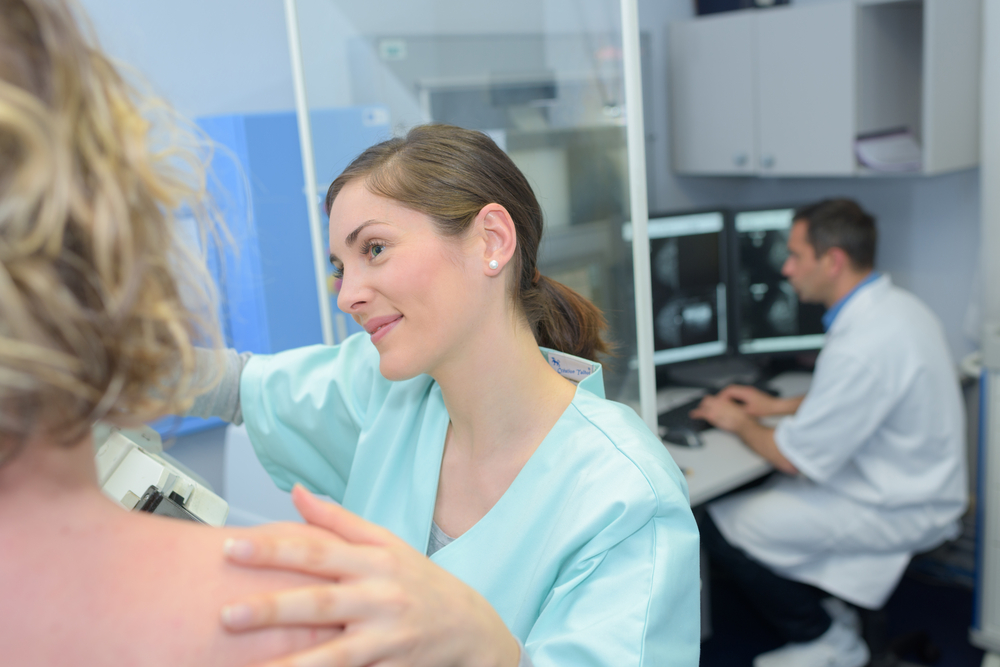TYPES
In a breast biopsy, there are specific methods in acquiring a breast tissue sample.
- The fine needle biopsy requires the patient to lay down atop a table, while the surgeon will imbed a miniscule needle and a syringe into the suspected lump. A sample from the lump will be extracted, which will identify if the sample is a cyst filled with liquid or a solid mass one.
- The core needle biopsy is identical to the fine needle method. Here, a larger needle is used by the doctor to a number of samples, with each one similar in size to a rice grain.
- In a stereotactic biopsy, the patient lays down face-down atop a table, with their breast settled between two plates. The surgeon then takes samples, using a probe or needle, from underneath the said table.
- In MRI-guided core needle biopsy, the patient is in the same face-down position on a table, but their breasts are now settled on a depression. An MRI machine will then deliver images of the lump to the doctor, who will acquire a sample using a core needle.
- The surgical biopsy includes the removal of breast mass through surgery. This mass is then delivered to the laboratory of the hospital. Here, the edges of the mass will be examined to check if the whole lump is cancerous. To monitor the breast area, a metal marker may be implanted.
SYMPTOMS
Majority of breast lumps are proven non cancerous, but a breast biopsy will investigate this further.
A doctor will order a breast biopsy for the following reasons: Mammogram or breast ultrasound results, or if in a physical exam, a lump was discovered.
Characteristic changes in a nipple may activate a breast biopsy. These changes are:
- Discharge of blood
- Crusting and scaling
- Dimpling of skin
All of the above are symptoms of a breast tumor.


